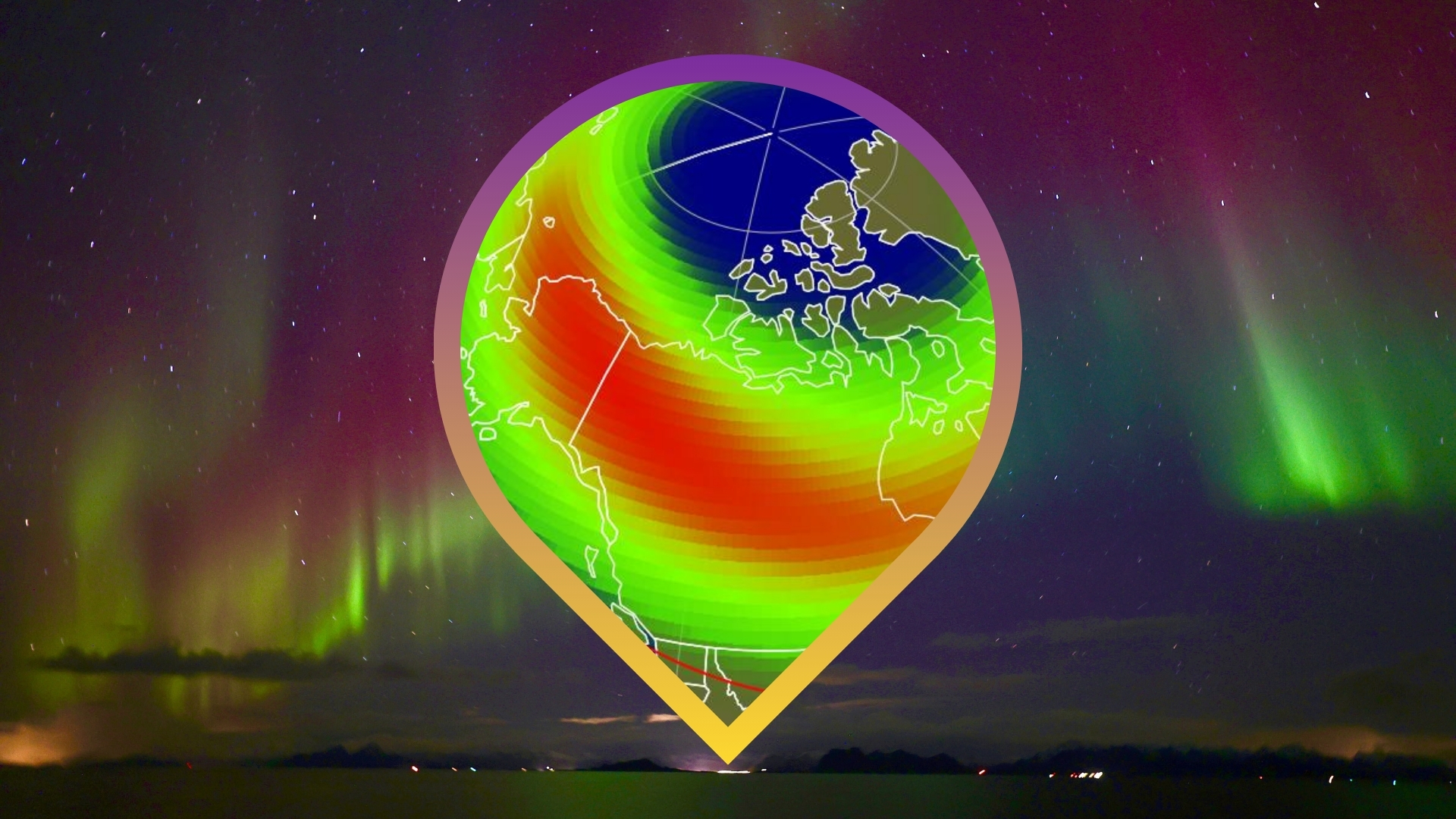Happy anniversary, Apollo 17! Final moonwalking mission launched 50 years ago today

It has now been 50 years since astronauts last launched to the moon.
NASA's Apollo 17 mission lifted off on Dec. 7, 1972, sending Gene Cernan, Harrison Schmitt and Ronald Evans toward Earth's nearest neighbor. The trio arrived in orbit around the moon three days later.
Evans remained in lunar orbit aboard the mission's command module, named America. Cernan and Schmitt took the lunar module Challenger to the surface, touching down on the southeastern rim of the moon's Mare Serenitatis ("Sea of Serenity") on Dec. 11.
Related: Facts about NASA's Apollo program
Schmitt, a geologist, became the first scientist ever to walk on the moon. He and Cernan spent a record-setting 75 hours on the lunar surface. During that time, the duo set up or performed 10 different scientific experiments, snapped more than 2,000 photos and collected 243 pounds (110 kilograms) of soil and rock to bring home to Earth, according to a NASA mission description. That sample haul included a 4.2 billion-year-old stone whose characteristics suggest that the moon once had a global magnetic field, as Earth still does.
Cernan and Schmitt knew they'd be the last-ever Apollo moonwalkers, as NASA was beginning to shift its focus toward long-term crewed stays in Earth orbit. So, before Challenger lifted off from the lunar surface on Dec. 14, the two astronauts revealed a plaque affixed to the module. It read: "Here man completed his first exploration of the moon, December 1972 A.D. May the spirit of peace in which he came be reflected in the lives of all mankind."
We won't have to wait much longer for the next crewed moon landing, if all goes according to NASA's plan. The agency aims to put boots down near the lunar south pole in 2025 or 2026, on the third mission of its Artemis program, which is named after the sister of Apollo in Greek mythology.
Breaking space news, the latest updates on rocket launches, skywatching events and more!
That timeline is dependent on the first two Artemis missions going well. Artemis 2 is scheduled to launch astronauts around the moon in 2024. Artemis 1 is currently underway; it launched an uncrewed Orion capsule atop a Space Launch System (SLS) rocket on Nov. 16.
The SLS performed well that day, and Orion has been notching milestones like clockwork. The capsule arrived in lunar orbit on Nov. 25, departed on Dec. 1 and began heading back toward Earth via an engine burn during a close flyby of the moon on Monday (Dec. 5).
Orion is scheduled to splash down in the Pacific Ocean off the California coast on Dec. 11 — the same day that Cernan and Schmitt landed in the Mare Serenitatis. The Apollo 17 mission's splashdown came eight days after that lunar landing; Cernan, Schmitt and Evans returned to Earth on Dec. 19, 1972.
Mike Wall is the author of "Out There" (Grand Central Publishing, 2018; illustrated by Karl Tate), a book about the search for alien life. Follow him on Twitter @michaeldwall. Follow us on Twitter @Spacedotcom or on Facebook.

Michael Wall is a Senior Space Writer with Space.com and joined the team in 2010. He primarily covers exoplanets, spaceflight and military space, but has been known to dabble in the space art beat. His book about the search for alien life, "Out There," was published on Nov. 13, 2018. Before becoming a science writer, Michael worked as a herpetologist and wildlife biologist. He has a Ph.D. in evolutionary biology from the University of Sydney, Australia, a bachelor's degree from the University of Arizona, and a graduate certificate in science writing from the University of California, Santa Cruz. To find out what his latest project is, you can follow Michael on Twitter.
